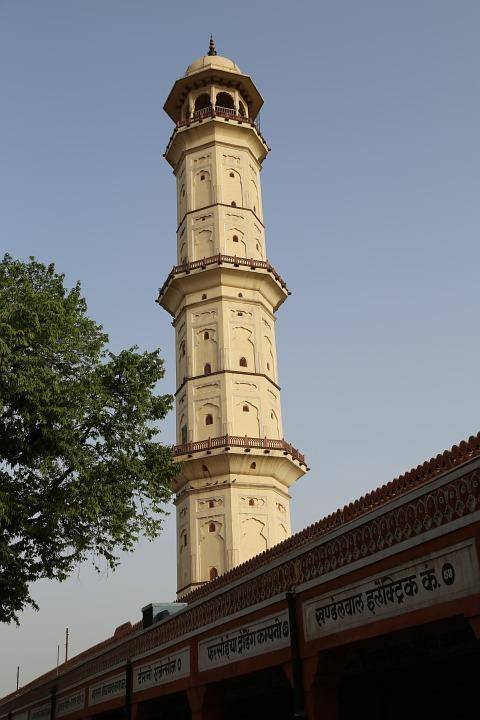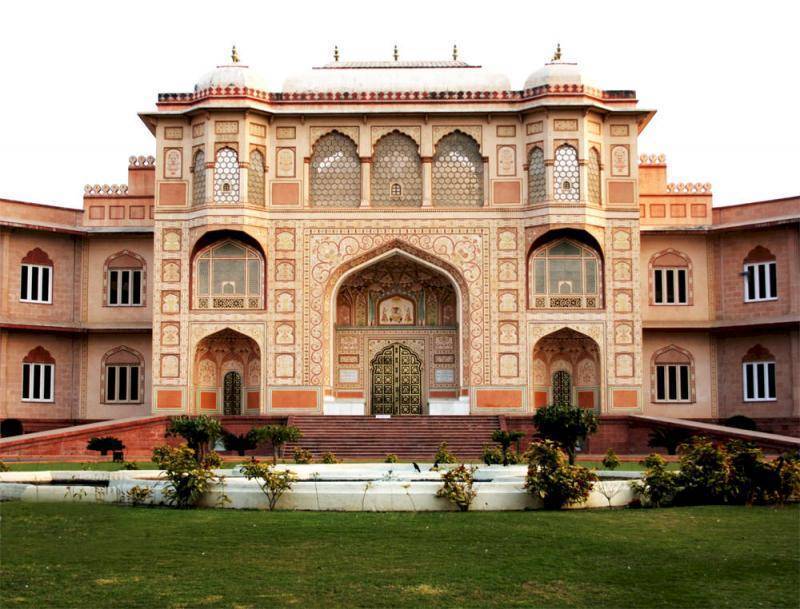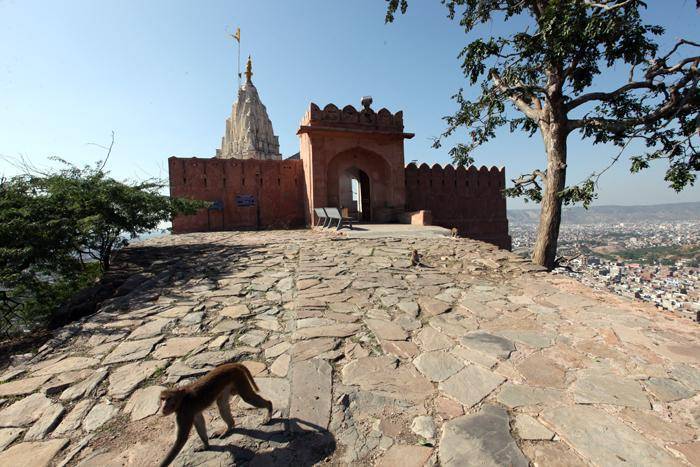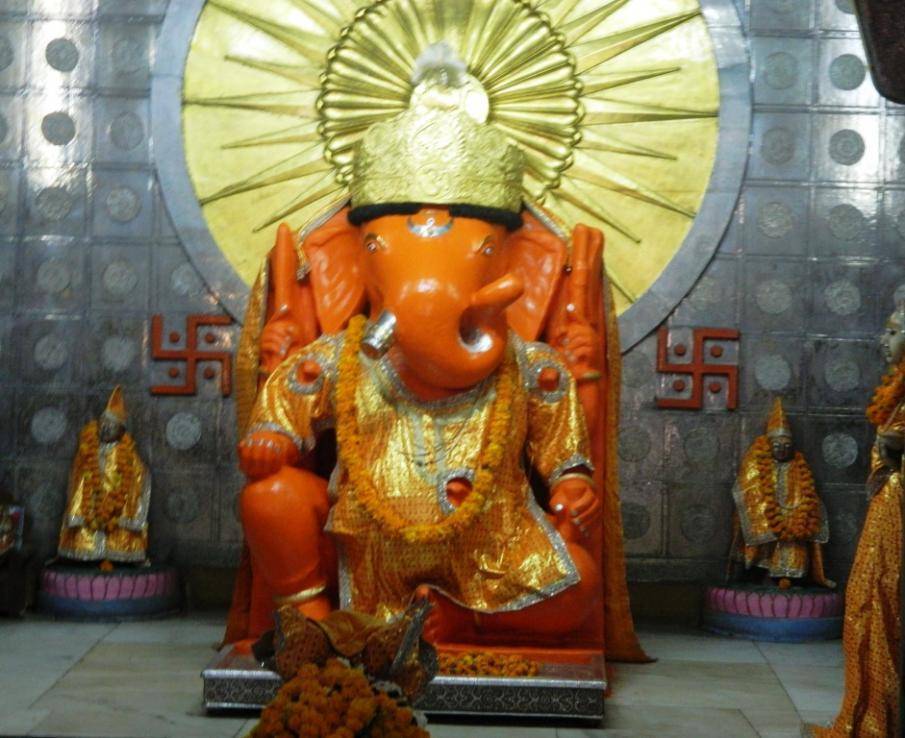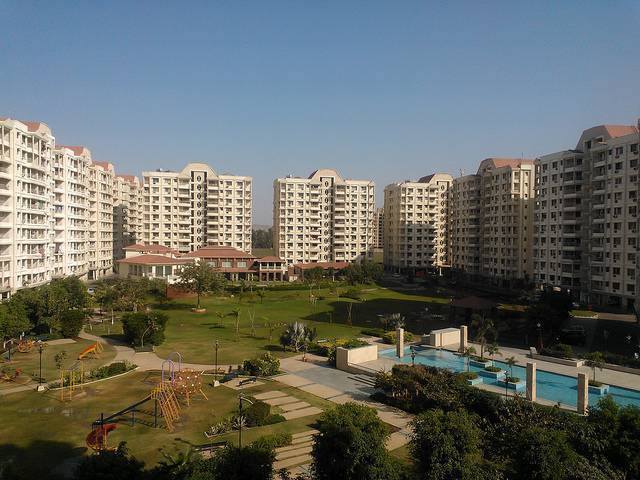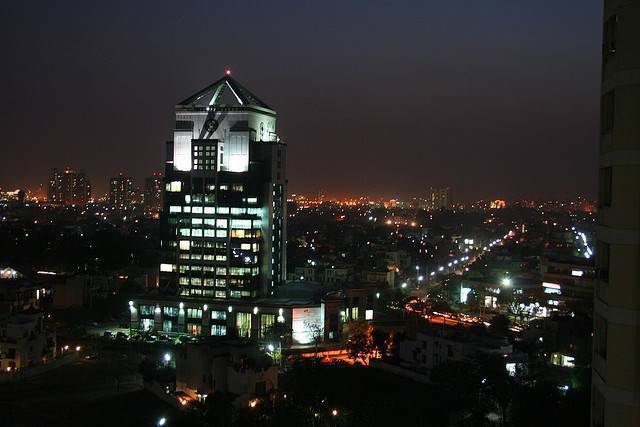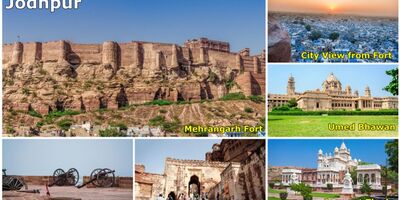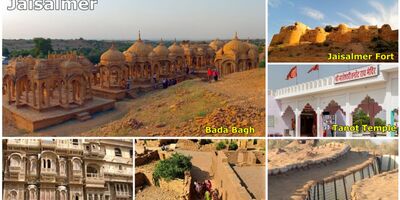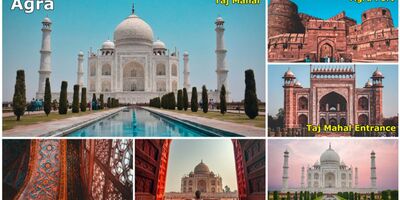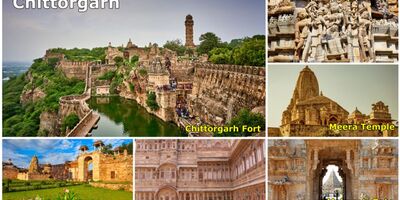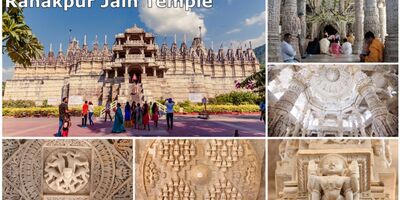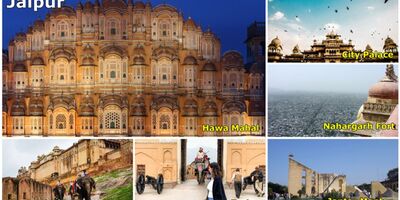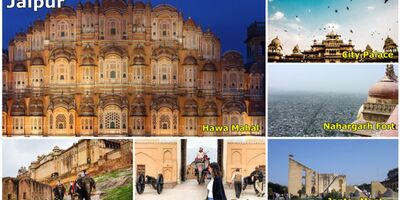About City Palace, Jaipur
This magnificent City Palace of Jaipur stands proud before the slanting hills of Rajasthan. In the evening the building is suffused in a golden glow. During the day, tourists admire the intricacy of the Peacock Gates, and wander the buildings and gardens. This is a living palace; the royal family of Jaipur lives in the Chandra Mahal, or moon palace. Influences on the palace architecture are diverse; there are elements of Rajput, Mughal and European architecture.
The pink city is a city of many well constructed and well maintained palaces. Chandra Mahal is one such palace which is a part of the City Palace complex. It was the seat of the Maharaja of Jaipur, the head of the Kachwaha Rajput clan. This site can be visited by people who show interest in museums since the Chandra Mahal palace now houses a museum but the greatest part of it is still a royal residence and is inaccessible to tourists.
Like many other palaces in Jaipur, the City Palace incorporates an impressive and vast array of courtyards, gardens and buildings but the difference being that this palace complex is much more maintained and restored than the others. The architects of this palace complex achieved a fusion of the Shilpa Shastra of Indian architecture with Rajput, Mughal and European styles of architecture. However, if you are looking for a complete historical experience where you can experience the culture of the prior age, this might not be the ideal site for you.
The palace was built between 1729 and 1732, initially by Sawai Jai Singh II, the ruler of Amber. Later, the additions were made to the outer wall by successive rulers continuing up to the 20th century. This is the reason why the construction in this palace complex seems to be slightly modern in comparison to other palaces in and around Jaipur.
Location & Places to Visit on City Palace, Jaipur Map
View destinations and attractions nearby City Palace, Jaipur, on an interactive map.
Freedom to make your own trip!
What you want, when you want and how you want.






